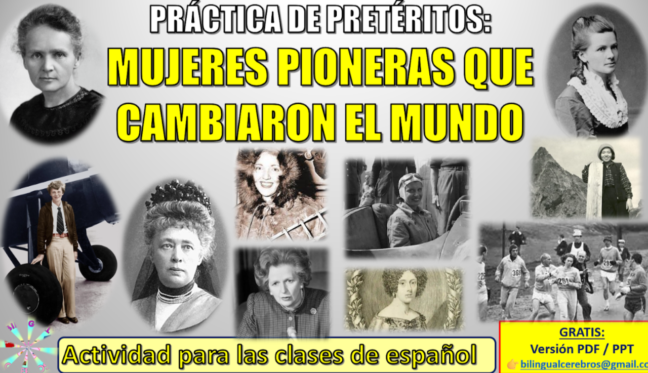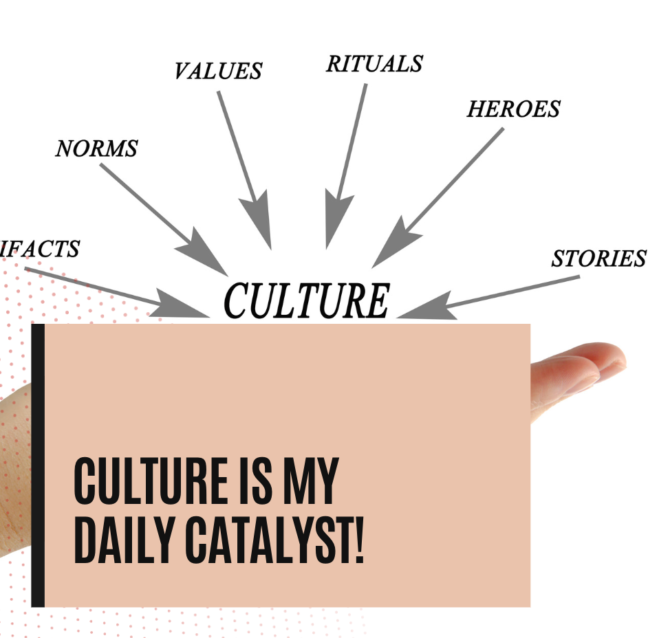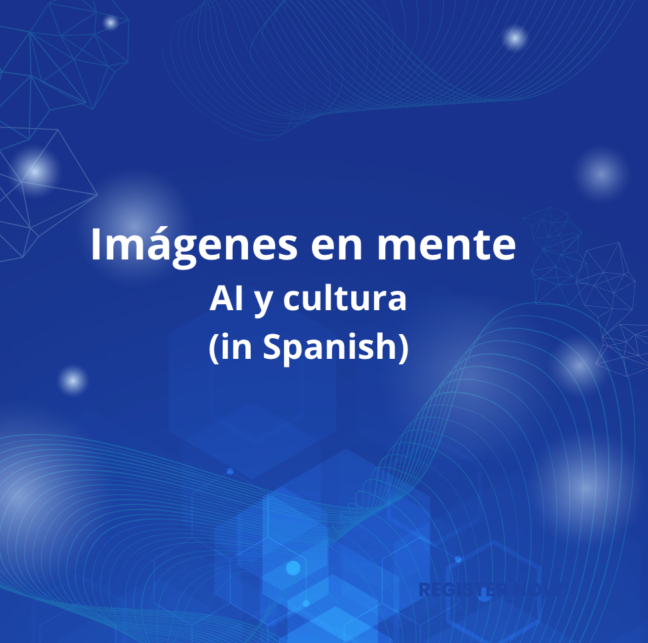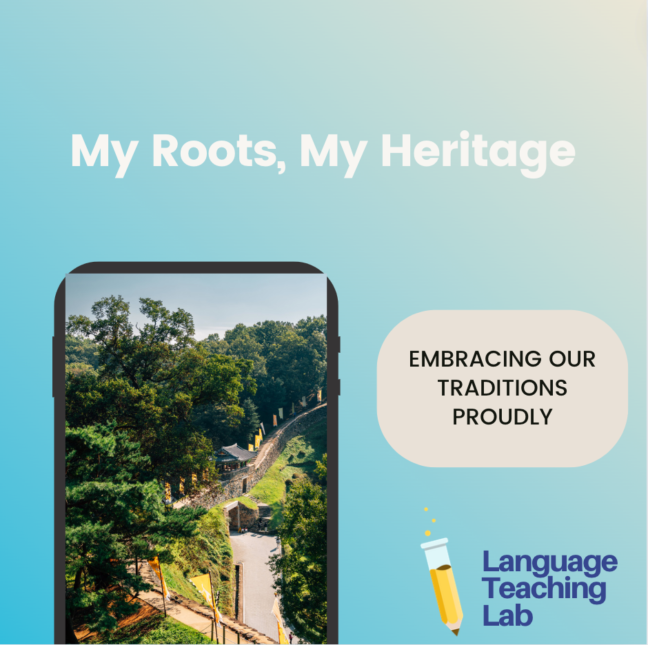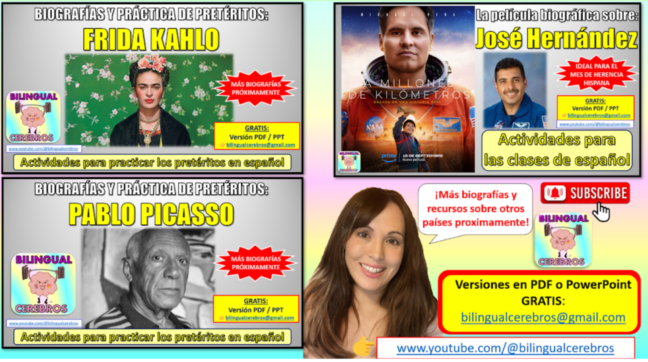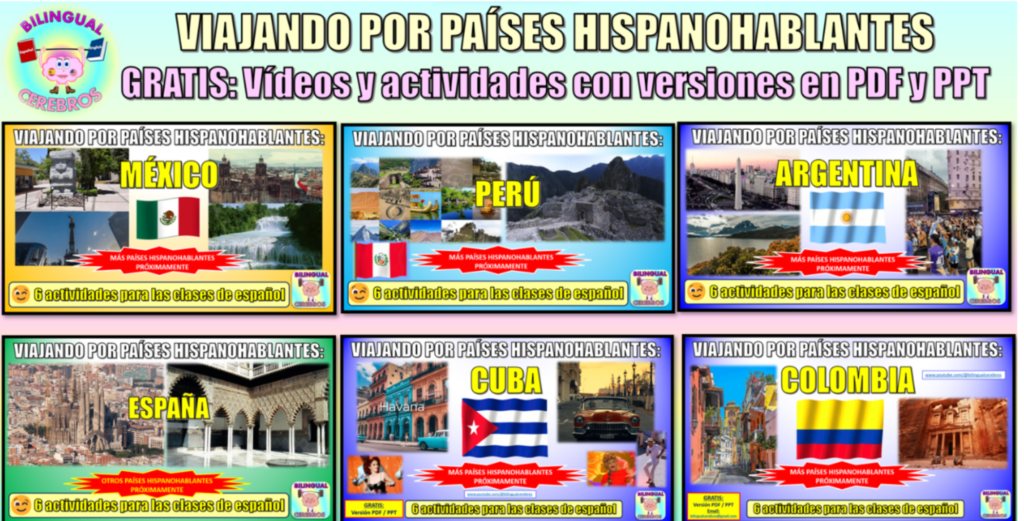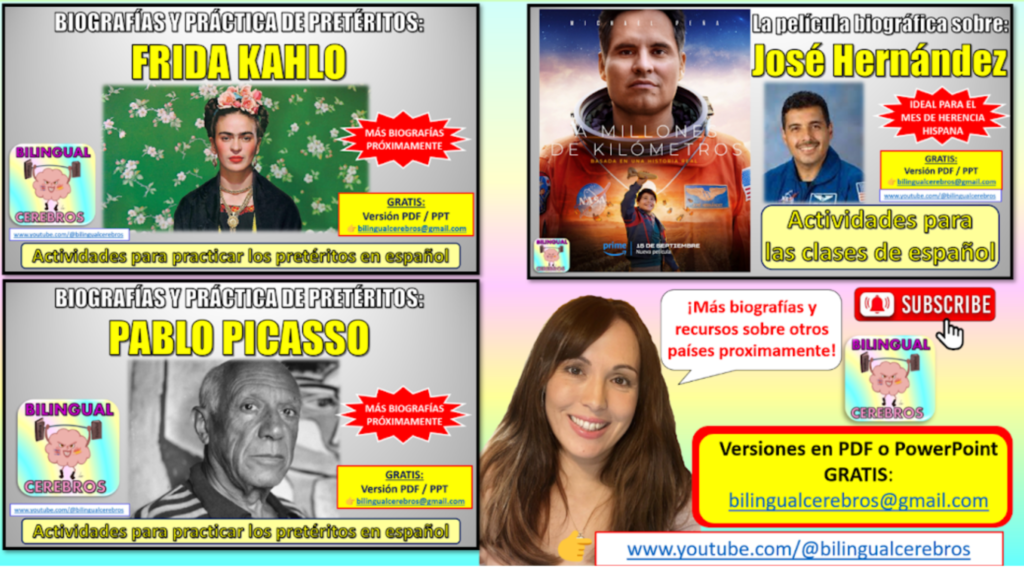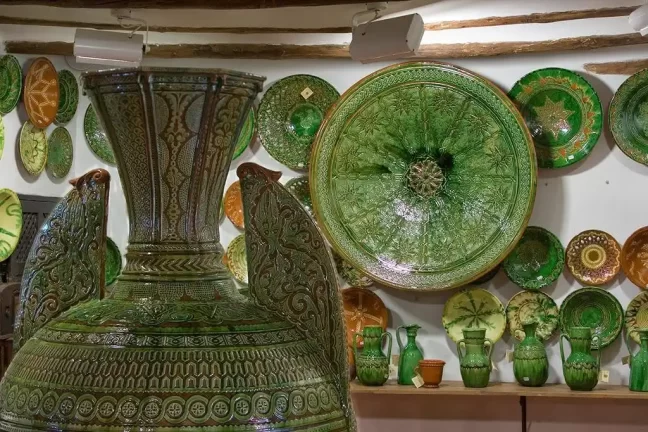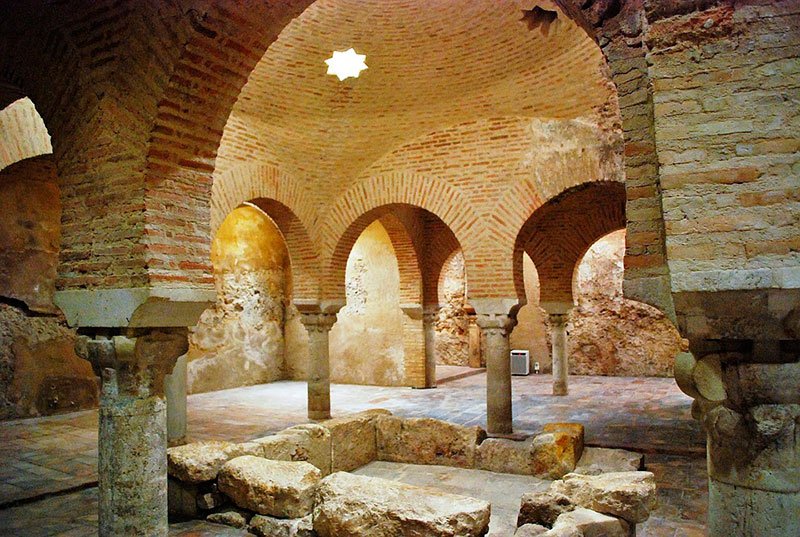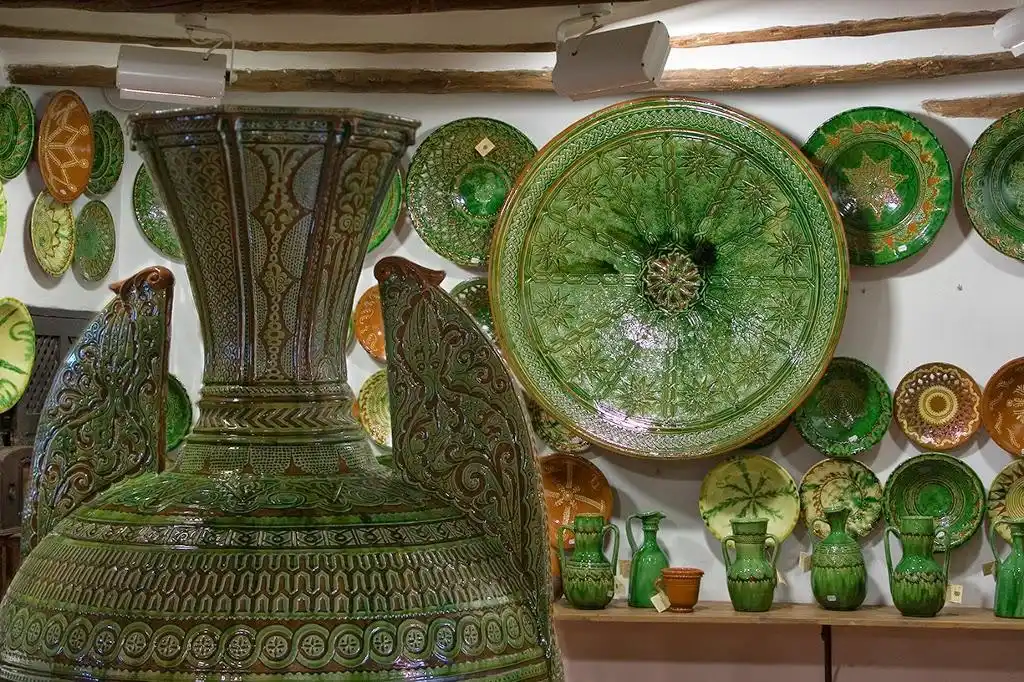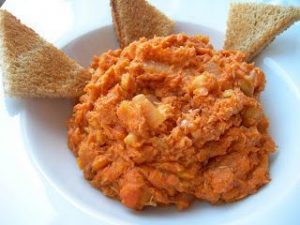by Maria Martínez (LTL Contributor)
Let’s Highlight and Focus on Good Role Models in Our Language Lessons
Lately, there is a big focus in the media on bad role models in our society. And as important as this is to uncover bad things, to make sure they don’t happen again, to deal with injustice and to keep everyone safe, I think there should be an emphasis on the opposite too. Let’s focus also on the good role models, the people who have achieved and are achieving great things, who have fought and are fighting for injustice, people whose work ethic can inspire the young generations and all of us.
I propose several activities to do this in our language lessons, activities that can reinforce vocabulary whilst serving as an inspiration.
What makes a person outstanding and inspiring?
What qualities do these exceptional people have?
Just asking those two questions can create a great opportunity to discuss adjectives and values in our society. We can also discuss how some values have changed for the worse, and how we, as a society, are focusing on empty and superficial values. A great opportunity to compare the role models in our society nowadays compared to role models in the past.
You can focus on any famous inspiring role model or students can also focus on a family member that has really inspired them. Below are a few examples from activities and resources in my channel, Bilingual Cerebros.
What adjectives can you use to describe a person that really inspires you?
From these examples we can discuss how they are the opposite of some of the bad role models that sadly we are seeing recently more than ever on the news, and mention the negative adjectives too, but without giving it too much of a focus, as we want to cover the vocabulary, but we want to focus on the positivity and good role models and not the opposite. What we focus on, grows. So, let’s focus on goodness.
More examples:
In my channel you can find biographies of inspiring people with activities to practice the past tenses, reading and comprehension and questions about the texts. These are some of the resources that I recommend:
Women that changed the world: https://youtu.be/RQWGwicnDvg?si=cajB7mnuD895EfrU
José Hernández: https://youtu.be/7nQPBZ8rmIM?si=IjtYSbznawOOI840
Frida Kahlo: https://youtu.be/k3FuLWt-5-w?si=gh-1sNwT3xrkeaVD
This is the link to the Playlist to this section in the channel:
Please let me know what other biographies you would like me to upload next, I appreciate your comments.
I hope these ideas and resources are helpful and inspire your lessons to focus on positivity and to create a better world together.
Vamos a destacar y enfocarnos en buenos modelos a seguir en nuestras clases de idiomas
Últimamente, los medios de comunicación se centran mucho en los malos modelos en nuestra sociedad. Y por muy importante que sea descubrir cosas malas, desenmascarar a personas fraudulentas, asegurarse de que no vuelvan a suceder, abordar la injusticia y mantener a todos a salvo, creo que también debería hacerse hincapié en lo contrario. Centrémonos también en los buenos modelos a seguir, las personas que han logrado y están logrando grandes cosas, que han luchado y están luchando por la injusticia, personas cuya ética de trabajo puede inspirar a las generaciones jóvenes y a todos nosotros.
Para ello propongo varias actividades en nuestras clases de idiomas, actividades que pueden reforzar el vocabulario y al mismo tiempo servir de inspiración.
¿Qué hace que una persona sea excepcional e inspiradora?
¿Qué cualidades tienen estas personas excepcionales?
Simplemente hacer esas dos preguntas puede crear una gran oportunidad para discutir adjetivos y valores en nuestra sociedad. También podemos discutir cómo algunos valores han cambiado para mal y cómo nosotros, como sociedad, nos estamos centrando en valores vacíos y superficiales. Una gran oportunidad para comparar los modelos a seguir de nuestra sociedad actual con los modelos a seguir del pasado.
Puede centrarse en cualquier modelo a seguir inspirador famoso o los estudiantes también pueden centrarse en un miembro de su familia que realmente los haya inspirado. A continuación, os muestro algunos ejemplos de actividades y recursos en mi canal, Bilingual Cerebros.
¿Qué adjetivos puedes usar para describir a la persona que más te inspira?



A partir de estos ejemplos podemos discutir cómo son lo opuesto a algunos de los malos modelos que lamentablemente estamos viendo últimamente más que nunca en las noticias, y mencionar también los adjetivos negativos, pero sin darles demasiado énfasis, solo para cubrir el vocabulario, pero lo que queremos es centrarnos en la positividad y los buenos modelos a seguir y no al revés. Aquello en lo que nos centramos crece. Entonces, centrémonos en la bondad.
En mi canal puedes encontrar biografías de personas inspiradoras con actividades para practicar el tiempo pasado, lectura y comprensión y preguntas sobre los textos. Estos son algunos de los recursos que recomiendo:

Mujeres pioneras que cambiaron el mundo: https://youtu.be/RQWGwicnDvg?si=cajB7mnuD895EfrU

José Hernández: https://youtu.be/7nQPBZ8rmIM?si=IjtYSbznawOOI840

Frida Kahlo: https://youtu.be/k3FuLWt-5-w?si=gh-1sNwT3xrkeaVD
Y más biografías en esta sección del canal. Listas de reproducción de esta sección: https://youtube.com/playlist?list=PL5TlFjB4h2gVeH0XWB3C-TYWfFEAstkQm&si=17FbbPhCnDACMJEp
Por favor déjame saber qué otras biografías te gustarían que suba al canal, agradezco tus comentarios.
Espero que estas ideas y recursos sean útiles e inspiren sus lecciones para que se centren en la positividad y así crear juntos un mundo mejor.
